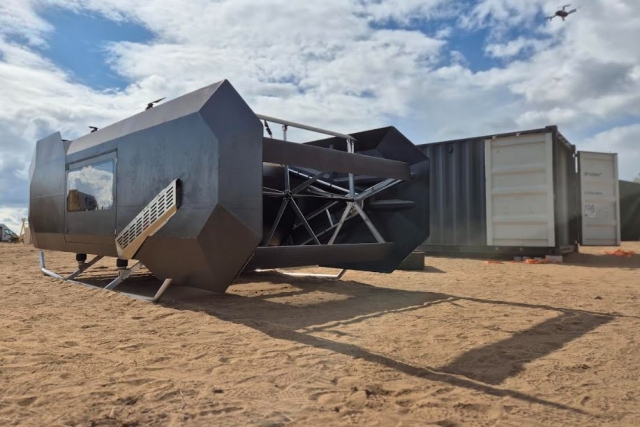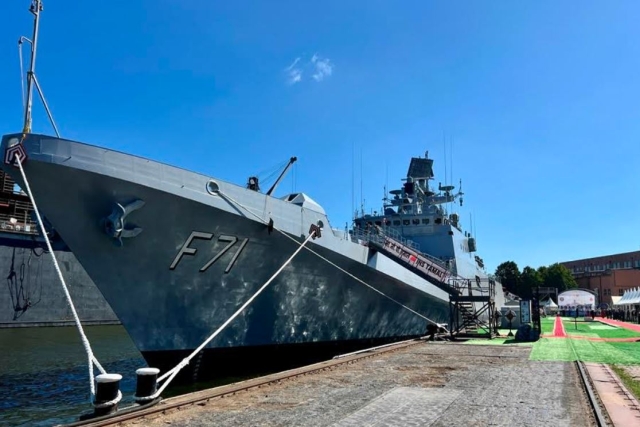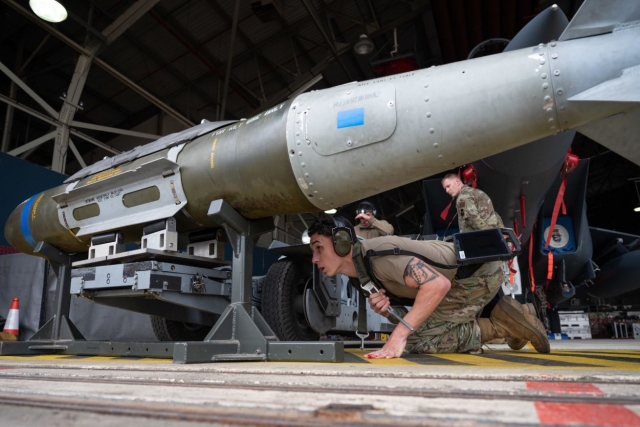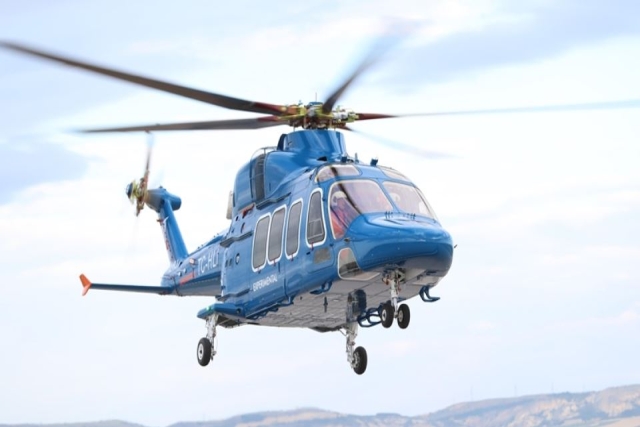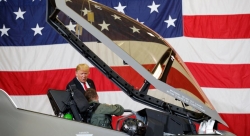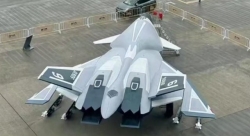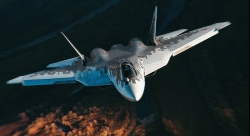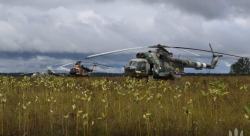Two US B-1 Bombers Perform Bilateral Missions with Japan, S.Korea
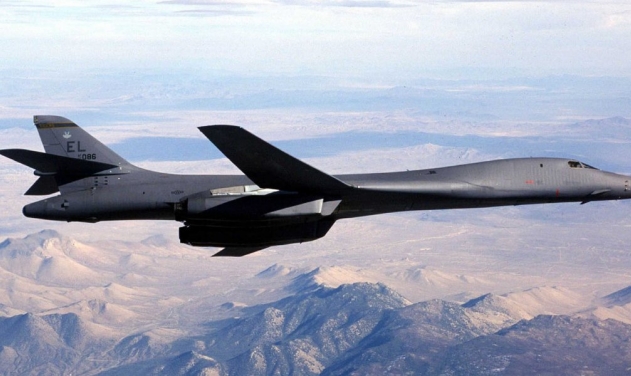
Two B-1B bombers under the command of US Pacific Air Forces have joined their counterparts from the Republic of Korea and Japanese air forces in sequenced bilateral missions in response to North Korea's ballistic missile and nuclear programs.
This mission is in direct response to North Korea's escalatory launch of intercontinental ballistic missiles on July 3 and July 28.
"North Korea remains the most urgent threat to regional stability," said Gen. Terrence J. O'Shaughnessy, Pacific Air Forces commander in a statement Saturday.
After taking off from Andersen Air Force Base, Guam, the B-1s flew to Japanese airspace, where they were joined by two Koku Jieitai (Japan Air Self Defense Force) F-2 fighter jets.
The B-1s then flew over the Korean Peninsula where they were joined by four Republic of Korea Air Force F-15 fighter jets. The B-1s then performed a low-pass over Osan Air Base, South Korea, before leaving South Korean airspace and returning to Guam.
Throughout the approximately 10-hour mission, the aircrews practiced intercept and formation training, enabling them to improve their combined capabilities and tactical skills, while also strengthening the long standing military-to-military relationships in the Indo-Asia-Pacific region.
U.S. Pacific Command maintains flexible bomber and fighter capabilities in the Indo-Asia-Pacific theater, retaining the ability to quickly respond to any regional threat in order to defend the US homeland and in support of our allies.
